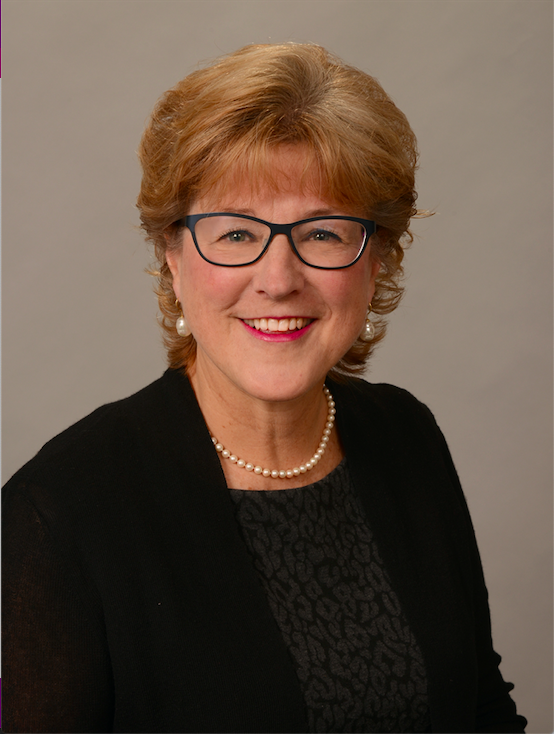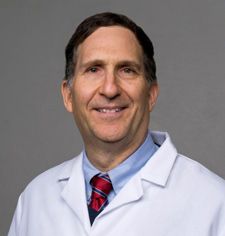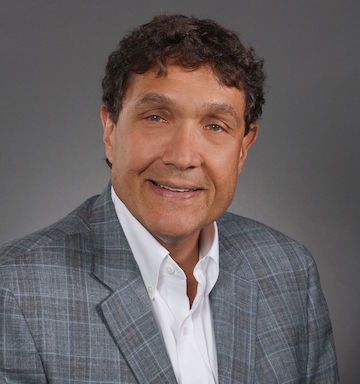Article
Dr Soyini Hawkins: Treating Endometriosis Requires Goals for the Rest of a Patient’s Life
Author(s):
Since endometriosis is a chronic disease, treating it cannot be approached with a “one-and-done” mentality, said Soyini Hawkins, MD, gynecologist at Fibroid and Pelvic Wellness Center of Georgia.
Treating endometriosis cannot only be thought of in short-term solutions, but how to improve quality of life for the patient for decades, explained Soyini Hawkins, MD, gynecologist at Fibroid and Pelvic Wellness Center of Georgia.
In part 2 of the interview with The American Journal of Managed Care® (AJMC®), Hawkins discusses barriers to optimal treatment for endometriosis and treatment goals.
Read part 1, where Hawkins highlights the risk factors for developing endometriosis, the complications and comorbidities of the condition, and how it affects a patient’s quality of life.
AJMC®: What are the biggest barriers that inhibit optimal treatment of endometriosis and any complications? How can we minimize those barriers?
Hawkins: Not unlike many other diseases, one of the biggest barriers is just access to care—access to specialists especially because endometriosis is commonly best treated by minimally invasive surgeons like myself or specialists within the field of general gynecology who have kind of put themself in this chronic pain designation to where these patients need that specialized care. They need that specialized attention to get to the diagnosis sometimes but even in the complexity of how we're going to treat them, because like I said, it's so multi-modal. The actual inhibition in getting in barriers to care a lot of times is access.
Then education. A lot of times women don't know is this normal or is this not normal? “Should I be missing school? Should I be missing work every single month? Oh, my mother had that same problem. My mother said, ‘Just takes some Advil and it's OK. It's just a rite of passage for women.’” But it is not normal to be in that significant of pain where Motrin won't do. A really good understanding from a patient perspective is needed—so more education.
Then we also have barriers within the medical community in access to good treatments. Pharmaceutical prices for some of the very specific endometriosis medications are far too high, in my opinion, and make it very prohibitive for a lot of the general population to be able to have those medications unless their insurance company is doing something. The great thing now is we're seeing a lot more pharmaceutical companies that are implementing programs that have financial assistance so they can get the medication to those who could otherwise not afford it.
Then we also have, unfortunately, a lot of bias within the medical community that's taking care of these patients. These patients are delayed in their diagnosis sometimes because the doctor just does not believe them. There's a lot of gaslighting going on. There's a lot of assumptions. For a long time, we thought that the phenotype of endometriosis looked like a slim tall White woman or White girl. It left no room for the expansive actual phenotype of endometriosis, which is every woman. There are Hispanic women and Black women and Indian women. There are so many women that have endometriosis, and the first thing that doctors will think when they complain of pain is not endometriosis. It'll be really set to the back burner, because they don't look like what the textbook says they should look like. Hopefully, we're starting to move away with that, because we're starting to do more patient-centered care, and because there's a lot more advocacy going on to just treat every human being like a human being when they walk in your office. That has been, unfortunately, quite a bit of a barrier for a lot of women.
AJMC®: What are the essential treatment goals for endometriosis? How do you define successful treatment?
Hawkins: Getting them to symptomatic relief. Getting them to what their goals are at the end of the day. Is it fertility? Is it that they just want to have more pain-free days? Then we also don't want to ignore that there's a recurrence with endometriosis that's there. The recurrence rate for endometriosis is about 45%. That's even after surgical or medical intervention within 5 years of doing so. That's because for the most part, endometriosis is a chronic disease. It's usually not a one-and-done. You're still going to have estrogen coursing through your body. You're still going to have a uterus. You're still going to have endometrial cells that can be in your body.
There are different theories as to how endometriosis actually occurs but one of the most commonly thought of one—which is not complete, I think this is just part of the story—is Sampson's theory of retrograde menstruation. Meaning that endometrial tissue is coming from the endometrial lining through the fallopian tubes, and it has implanted itself in the pelvis or in the abdomen somewhere and that's where the pain is coming from. The fact that we can take them to surgery or put them on this medication for a discrete amount of time when we're talking about later-stage endometriosis patients, what about after? Treatment goes for the patients, not just to feel better now but where's the quality of life for the next 10, 15, 20, 30 years?
I measure success by not just, again, treating the patient now and fixing their problem for today, but actually coming up with the goal is for the rest of their life to get them to the other side of what they may have been suffering for sometimes over a decade with.
AJMC®: What are you working on in endometriosis that you're excited to share?
Hawkins:I am a fierce advocate for women's health, period, and a fierce advocate for the acknowledgement and understanding of suffering for women, and the acknowledgement and understanding that we don't have to suffer. From endometriosis to fibroids to polycystic ovary syndrome to chronic pain syndromes, period, and digging a little bit deeper. As a subspecialist, I feel like I've given myself that room to do so. I’ve put myself in a niche where I can give these women the attention they need. I'm very excited to call myself an endometriosis specialist.
I'm not just a surgeon—that's where my heart is in the operating room—I'm also a medical advisor to some of these similar companies to talk about: how much is this going to cost these women that you've done research and experiments on? The women that were in the research studies can't even afford your medication once they're done with the study. How can we rectify that? I serve as an advisor to a lot of industry. I'm an educator to a lot of providers, and then I also do a lot of advocacy work. That means getting out into the community and working with patient-centered organizations to do that work, the education, or go talk to someone on Capitol Hill or let's discuss legislature. It expands beyond the operating room for me.
I'm an endometriosis warrior, myself, so it's very much personal, and I'm excited about living in my ministry, living in what I had for me, because of my experience with it. I love that I'm able to do that. Also, I have goals. I want to be better on social media, because a lot of young women use that to really educate and learn more about their bodies and what's normal and what's not, and what their options are out there.


